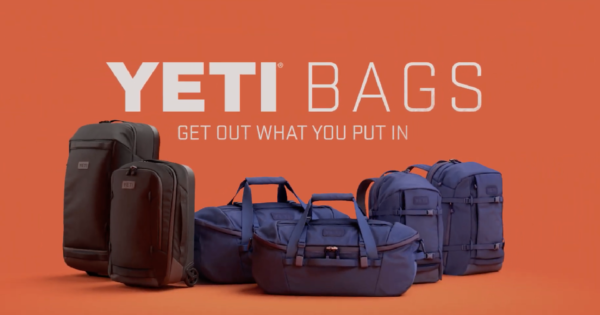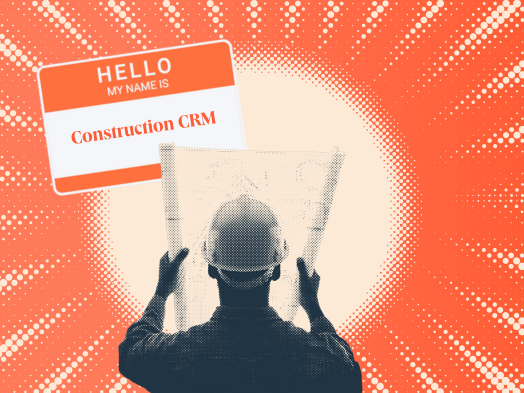PepsiCo, Instacart and Zappi on why consumers deserve a seat at the table during the creative process
Consumer feedback during the creative process helps brands design experiences that reflect what customers want, say Instacart, PepsiCo and Zappi at Cannes Lions.

The creative industry has historically had an ambivalent relationship with consumer feedback, given the uncertainties of focus group testing and feedback. The issue: Such testing may hamper creativity rather than enhance it, acting like a stoplight where ideas are either OK'd or stopped in their tracks to do over.
But in today's data-driven environment, brands are increasingly leaning on insights gleaned from consumer feedback throughout all stages of the creative process.
Ryan Barry, president of Zappi; Stephan Gans, senior VP and chief insights and analytics officer of PepsiCo; and Laura Jones, chief marketing officer of Instacart, joined John Dioso, editor of Ad Age Studio 30, in Cannes for an in-depth conversation about bringing consumers into the creative process for regular feedback.
The conclusion: Doing so allows brands to design more effective experiences that are better connected to customer wants and needs.
“Customer-centric design is at the heart of everything we do,” said Jones. “The same insights that inform the product also should inform the marketing. By listening to the customer feedback loop and looking at different data sources, like social media analysis or first-party data that you might have on your platform, you can start to develop a richer picture of your consumers and what their needs are.”
With these insights, Jones noted, you can design product experiences and campaigns that are more compelling. It’s not just a story you're telling, but instead meeting someone's need that you've actually listened to and heard, she said.
Since 2019, PepsiCo and Zappi have partnered to create just such a system. Bringing consumer insights into every step of the creative process, Zappi's Amplify Ad System has increased PepsiCo's creative effectiveness by 30%, Barry said, equating to hundreds of millions of dollars in value.
“Our platform helps businesses optimize the ads as they develop them, and with confidence,” he said. “Now more than ever, it's really important to help brands learn from consumers, not test with consumers.”
To coincide with the beginning of Cannes Lions, Zappi released “The State of Creative Effectiveness in 2023“ report, which used consumer data from testing over 2,300 ads with nearly a million U.S. consumers. The goal: to determine whether advertising improved during an era of disruption. The findings show that while marketers were quick to adapt to consumers’ needs during the pandemic, they lacked the same response as the global cost-of-living crisis took hold. Zappi's Amplify Ad System could have anticipated this, leading to a quicker marketing response.
A complete mindset shift
One challenge recognized by the panel is dealing with an immense amount of data, but with few insights to show for it.
“We've all seen those briefs that are like a hundred data points, no focus, no perspective, no strategy,” Jones said. “For a marketing leader in a data-rich company, the challenge is how to get to insights and strategy, and making sure you're not just punting that to creatives. Because if you turn in a brief with 20 data points, the creatives will just think, 'I'm going to turn the page and do whatever I want.’”
For Barry and Gans, building “a better mousetrap” was actually easier than dealing with the profound cultural transformation of giving consumers a seat at the creative table.
“We spent a lot of time creating a solution that could predict short- and long-term sales and brand growth, but that was almost easier than getting the whole culture to change and value it as we go,” Barry said.
Gans compared the old relationship between insights and marketing teams to a system controlled by “order takers behind a counter.”
“That not only stifles creativity but is wholly inadequate to handle the sheer volume of content brands need to produce on a daily basis today,” he said. “But the bigger challenge is to get those order takers to act as partners to the marketers and the innovators driving the brand. That requires a complete mindset shift.”
Barry noted that testing to learn and not to grade gives agencies the opportunity to bring more bold thinking to a brand that perhaps they otherwise wouldn’t.
“When we were creating the Amplify Ad System, we learned that creative directors don't want anything other than ways to improve their thinking and ideas,” he said. “If you ground marketing science with technology, you can provide feedback quickly so they can make decisions on the fly and optimize them.”
The power of consumer data isn’t only in its ability to improve a single campaign, but also to understand its long-term impact and to inspire future ideas. Barry noted that this predictive ability enables marketers to better understand how an ad will have an impact on share, sales and revenue.
Developing predictive powers
One solution is Instacart's recently launched Favorite pilot program for selected members that allows shoppers to “favorite” specific shoppers so they can be matched with them again if they're available. Jones said the program came about after looking at downstream customer data points to try to understand why customers churn versus why they remain on the platform.
“We realized there's huge power when there is a positive shopper experience,” she said. “By being curious, understanding the drivers of behavior and letting that be the input into a product and marketing roadmap, it forced alignment at the corporate level around what we're building. And this was all in response to what customers are telling us what they want.”
On the other hand, there can be existential risks that brands expose themselves to when they don't listen to their consumers. A well-noted example is the ongoing fallout from the controversial Bud Light marketing activation with transgender influencer Dylan Mulvaney, which AB InBev Global CMO Marcel Marcondes addressed on the main stage at Cannes Lions.
"The whole approach to creative development used to be about risk mitigation,” said Barry of the Bud Light issue. “There's a lesson here; you’re trying to grow one segment but perhaps being culturally at odds with your main base. Doing the right thing might be at odds with share and sales.”
Being able to spot risk at the idea stage would help teams think about it differently, he noted.
Jones said that it’s essential to know your company's values and who your consumer is, and then standing by what you do.
“If you’re putting out a message, you have to be prepared to back it,” she said. “It raises the bar for all of us. There's so much content we all have to create, that you have to have clear brand guidelines, have your team be aligned and know that if you're in, you're all in. You've got to back those values and back what's right for your customer.”
Gans agreed, adding that sometimes it's better to just listen to what people are doing online, instead of asking them questions.
“It starts with being hyper clear that you want your brand to be truly authentic, and then stand by it,” he said. “The moment you don't, you will be in deep trouble for a long time. You can’t control everything that's being said about your brand, but whatever you put out there in the world needs to be 100% authentic. And once you do that, you've done all you could.”

 Hollif
Hollif 
































